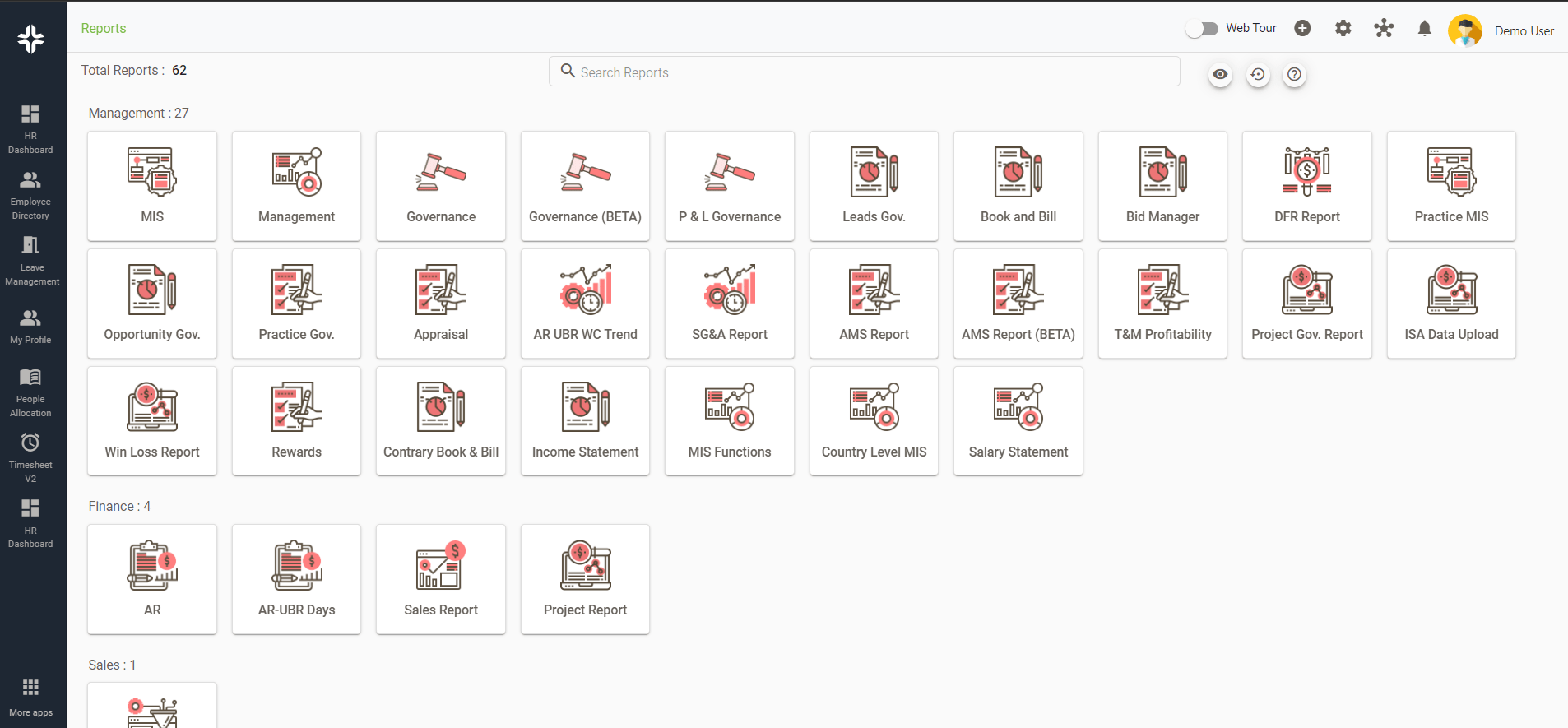Home » PSApedia
Uptime percentage
Measure Performance with Uptime Percentage. Ensure Seamless Operations.

What is Uptime Percentage?
Uptime percentage is a critical metric that indicates the amount of time a system, service, or application is operational and available for use. In essence, it measures the reliability and performance of a system.
In the context of Professional Service Automation (PSA), uptime is crucial as it ensures that the software tools and systems are always available for businesses to manage their projects, resources, and client relationships.
Importance of Uptime Percentage
In today’s digital age, businesses rely heavily on software solutions to streamline their operations. A high uptime percentage ensures:
1. Consistent Service Delivery: Clients expect services to be available when they need them. Any downtime can lead to client dissatisfaction and potential loss of business.
2. Operational Efficiency: For businesses using PSA software, consistent uptime ensures that teams can manage projects, allocate resources, and track time without interruptions.
3. Financial Stability: Downtime can lead to financial losses. With consistent uptime, businesses can ensure that their financial management processes run smoothly.

Why Uptime percentage is so important?
Calculating Uptime Percentage
The formula to calculate uptime percentage is:
Uptime Percentage = (Total Time – Downtime/Total Time) × 100
Example:
Let’s say in a month (30 days or 720 hours), a PSA software had a total downtime of 2 hours.
Uptime Percentage=(720−2/720)×100=99.72%
This means the software was operational 99.72% of the time in that month.
Uptime Percentage vs Downtime
While uptime percentage measures the operational time, downtime refers to the period when a system is unavailable. Downtime can be planned (for maintenance or updates) or unplanned (due to system failures).
It’s essential to differentiate between the two because while planned downtime can be scheduled during off-peak hours, unplanned downtime can have significant adverse effects on business operations, especially in areas like project management and deal management.
Here’s a short table illustrating the relationship between Uptime Percentage and Downtime in the context of PSA software. This table shows the relationship between the uptime percentage and the corresponding downtime in various time frames, from a year to a day. Higher uptime percentages represent greater reliability and minimal downtime, which is crucial for PSA software to ensure that professional services organizations can operate efficiently and serve their clients effectively.Sweet Bonanza is an incredibly bright game of Pragmatic Play. Incredible emotions are guaranteed! Pay attention to the game graphics, elaborate details and the ability to play without lag. Playing without downloads has become possible in this slot machine. Just open your browser and enjoy. Play Sweet bonanza here 1sweetbonanza.com online real money. It’s worth noting that this slot is suitable for both beginners and experienced winners.
| Uptime Percentage | Downtime per Year | Downtime per Month | Downtime per Week | Downtime per Day |
|---|---|---|---|---|
| 99% | 3.65 days | 7.20 hours | 1.68 hours | 2.4 minutes |
| 99.5% | 1.83 days | 3.60 hours | 50.4 minutes | 1.2 minutes |
| 99.9% | 8.76 hours | 43.2 minutes | 10.1 minutes | 14.4 seconds |
Uptime in Professional Service Automation
In the realm of PSA, uptime is not just about system availability. It’s about ensuring that all integrated tools, from ticket management to resource management, work seamlessly. A high uptime percentage in PSA ensures:
1. Effective Resource Allocation: With tools like Gantt charts and employee 360, businesses can allocate resources efficiently.
2. Streamlined Project Management: Uptime ensures that teams can track project progress, manage risks, and communicate effectively.
3. Efficient Financial Management: From timesheet billing to deal pipelines, uptime ensures that businesses can manage their finances without hiccups.
Ready to Optimize Uptime?
KEBS, a leading PSA software, understands the importance of uptime for businesses. KEBS continuously monitors its systems to detect and address potential issues before they lead to downtime.
To ensure the software is up-to-date and secure, KEBS schedules regular updates, ensuring minimal disruption.

KEBS Reports
Book a Demo Today!



